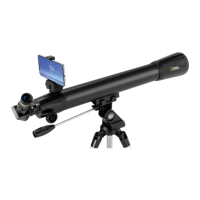
Do you have a question about the National Geographic STAR APP70 and is the answer not in the manual?
| Type | Refractor |
|---|---|
| Aperture | 70 mm |
| Focal Length | 700 mm |
| Mount Type | Alt-azimuth |
| Eyepieces | 10 mm, 20 mm |
| Weight | 3.5 kg |
| Focal Ratio | f/10 |
| Finderscope | Red dot |
Covers sun hazards, privacy, choking, fire risks, temperature limits, and battery handling.
Lists all included components of the telescope with their corresponding numbers and names.
Step-by-step instructions for securely attaching the smartphone mount to the telescope bracket.
Guidance on cleaning telescope optics using appropriate materials and techniques to avoid scratches.
Instructions for safely replacing the coin cell battery, including warnings about ingestion.
Lists common operational problems and provides solutions for issues like no picture or blurred images.
Guides on downloading the application via QR code or app stores and activating it.
Details on accessing 3D animations, encyclopedias, quizzes, and AR photo functions within the app.
Important notes regarding app network stability, permissions, and gyroscope calibration for optimal use.
Explains star hopping, a technique for navigating the night sky using constellations as guides.
Lists celestial objects like the Moon viewable with the telescope under good conditions.
Explains reflector telescopes that use mirrors to gather and focus light.
Explains refractor telescopes that use lenses to gather and focus light.
Explains catadioptric telescopes using a combination of mirrors and lenses.
Defines aperture as the telescope's light-gathering diameter, key for brightness and sharpness.
Defines the objective lens as the main light-gathering component in a refractor telescope.
Explains the diagonal accessory that deflects light 90 degrees for comfortable viewing.
Defines the eyepiece as an optical accessory that determines magnification.
Defines the primary mirror as the light-gathering surface in a reflector telescope.
Defines the secondary mirror's role in reflecting light towards the eyepiece in a reflector.
Explains how to calculate telescope magnification by dividing focal lengths.
Defines focal ratio and its impact on field of view and imaging time.
Defines telescope and eyepiece focal lengths and their role in magnification.
Explains how to calculate the exit pupil diameter using eyepiece focal length and focal ratio.
Explains eye relief as the distance for comfortable viewing, crucial for eyeglass wearers.
Details Huygenian, Kellner, and Plössl eyepiece designs and their characteristics.
Describes how a Barlow lens increases telescope magnification by extending focal length.
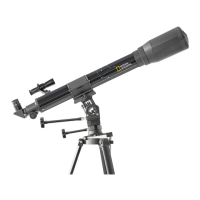
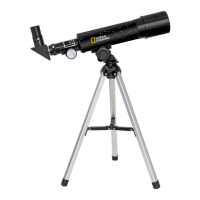

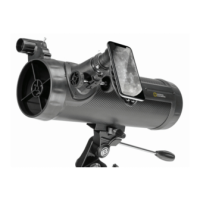
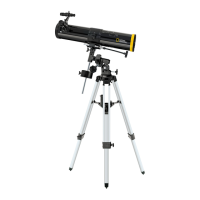
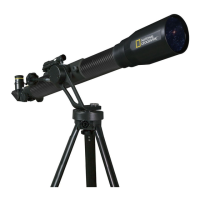
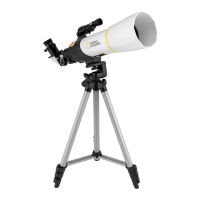
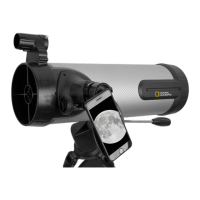

